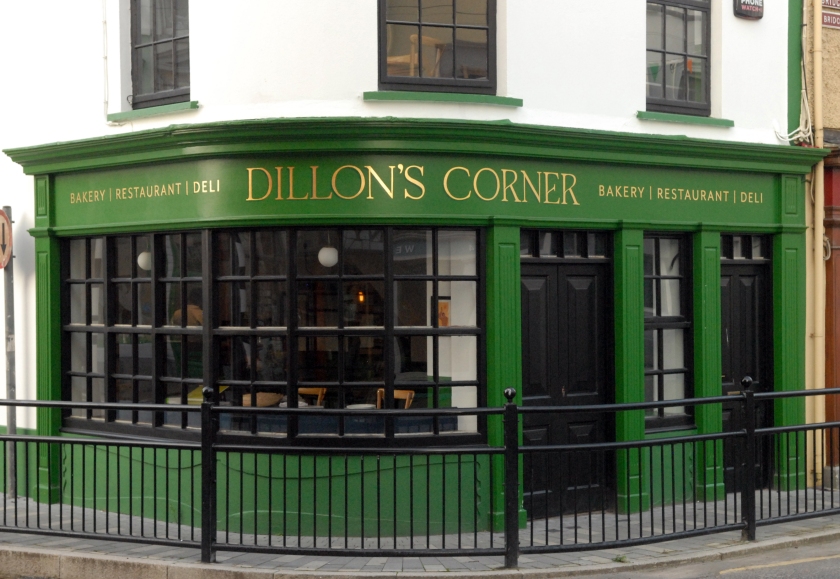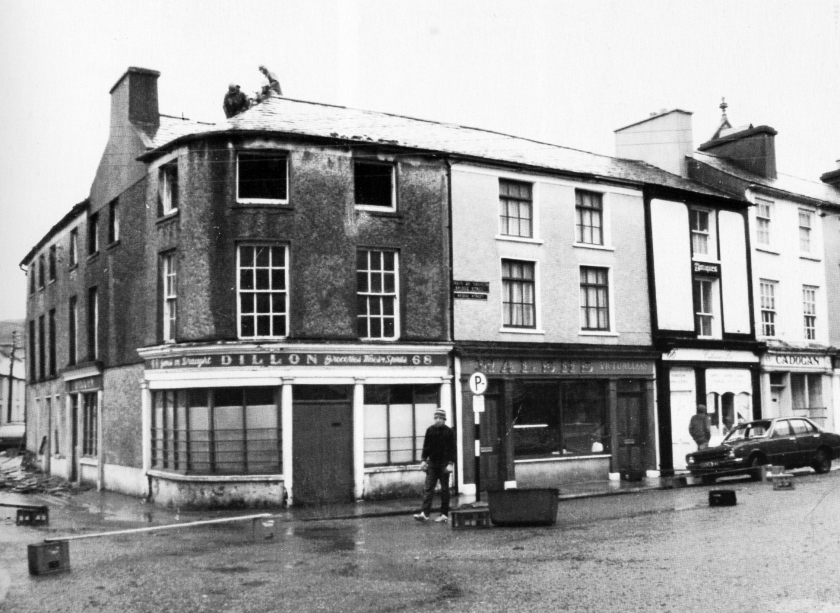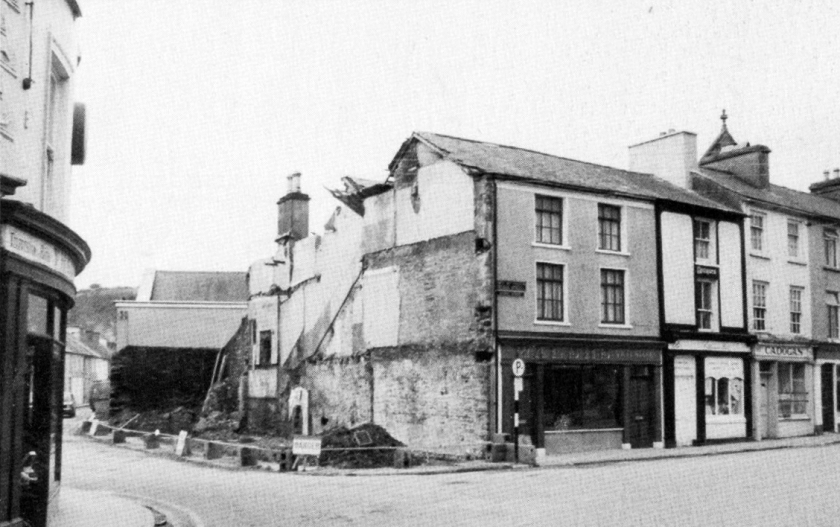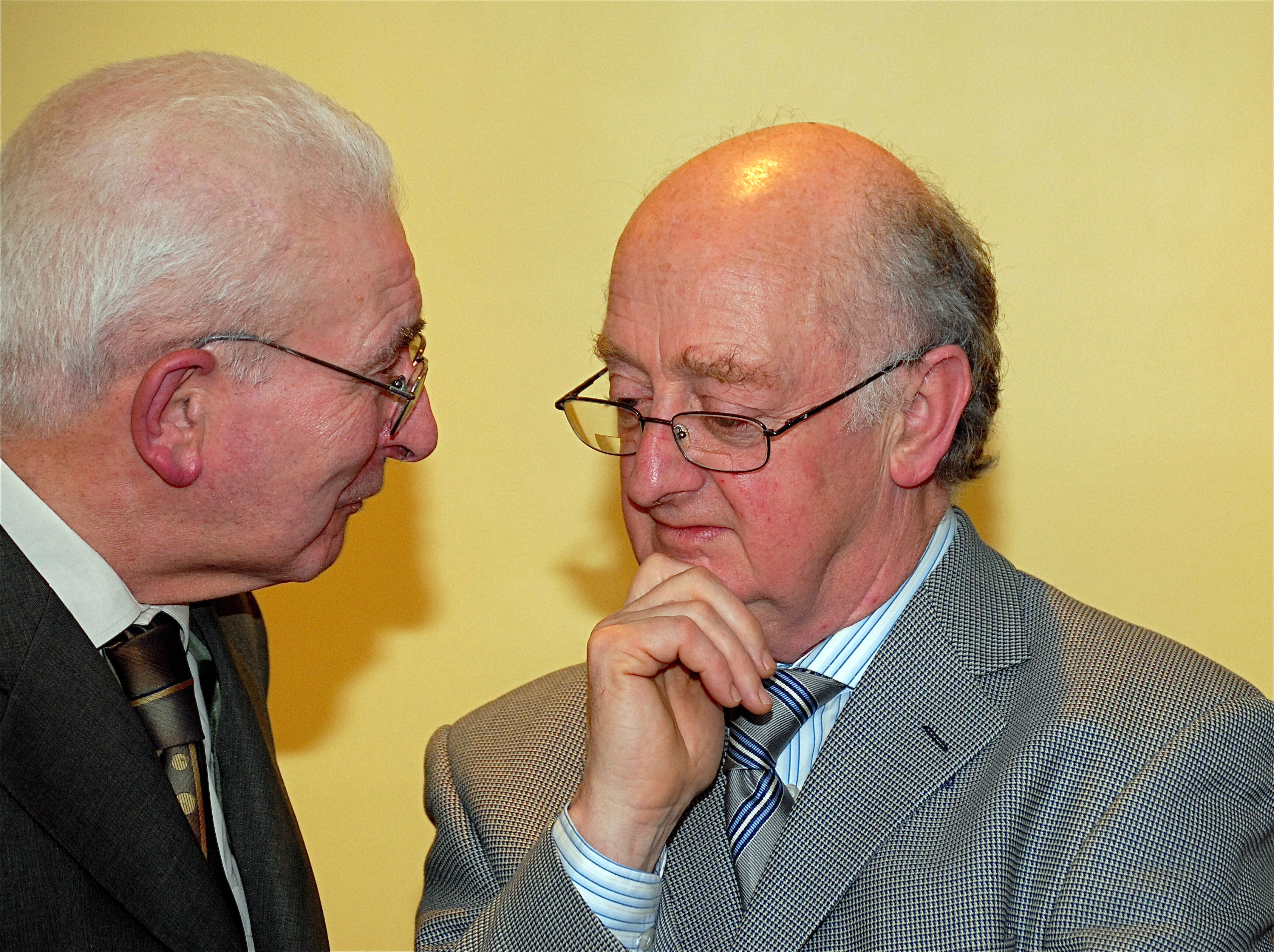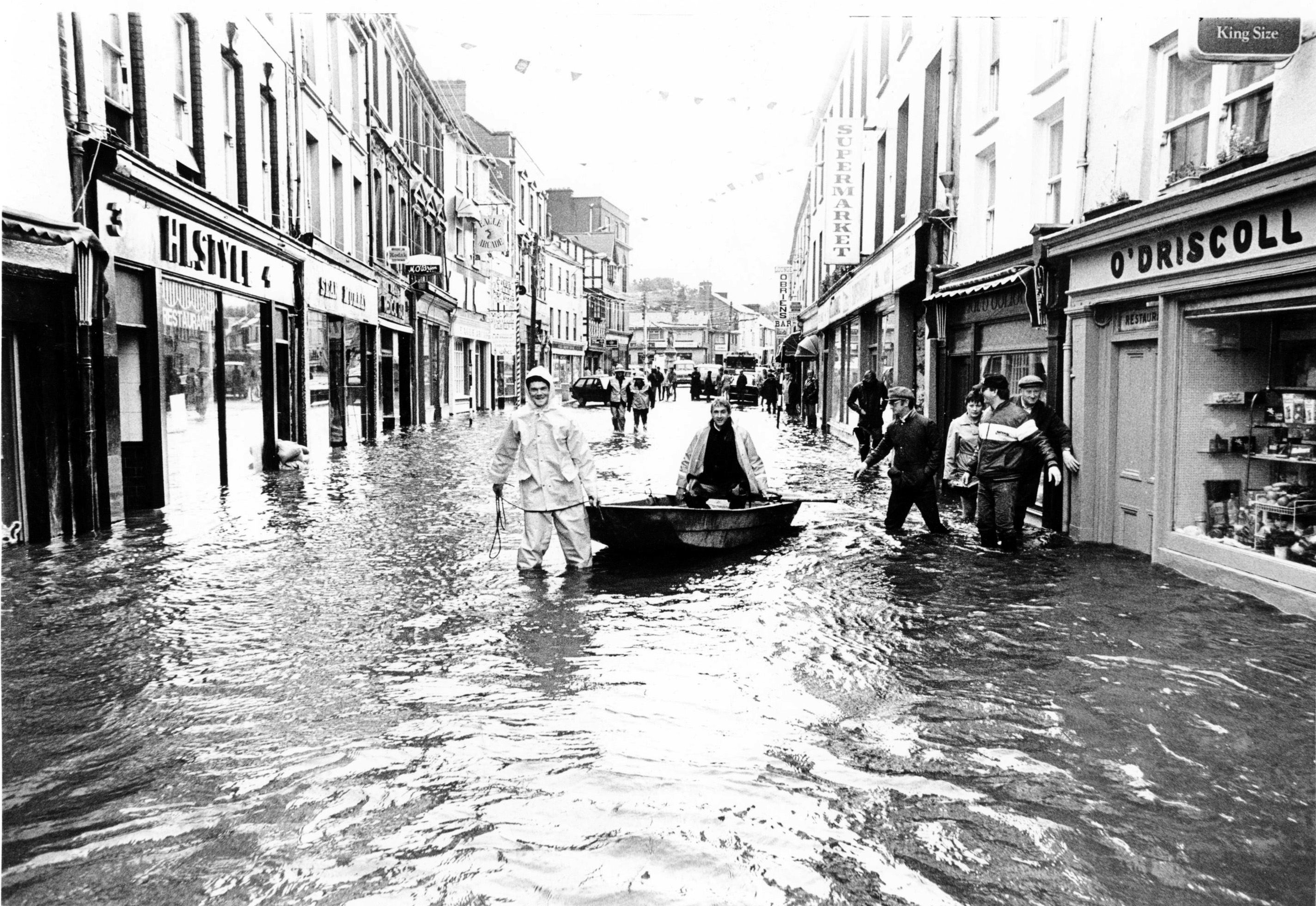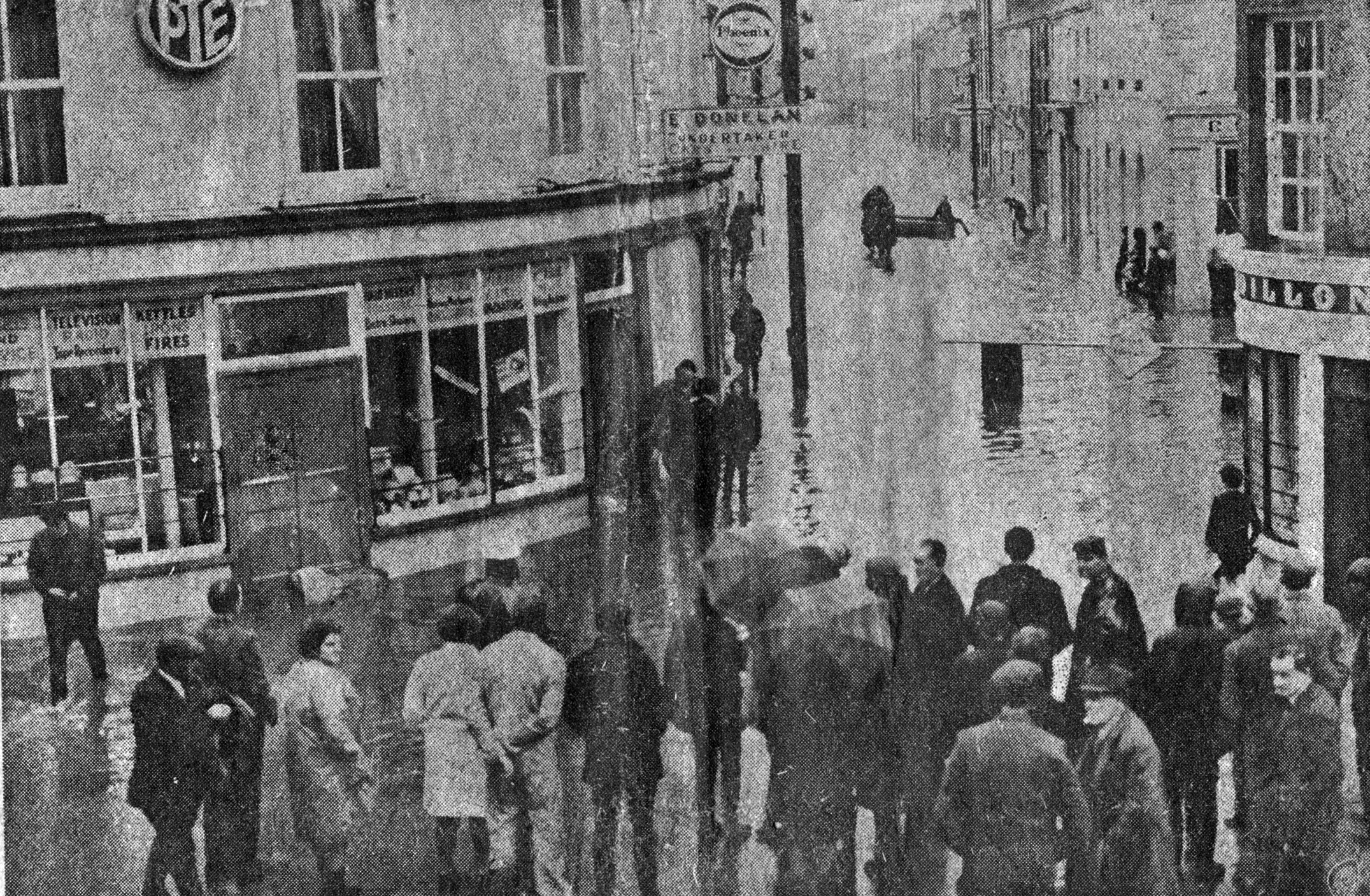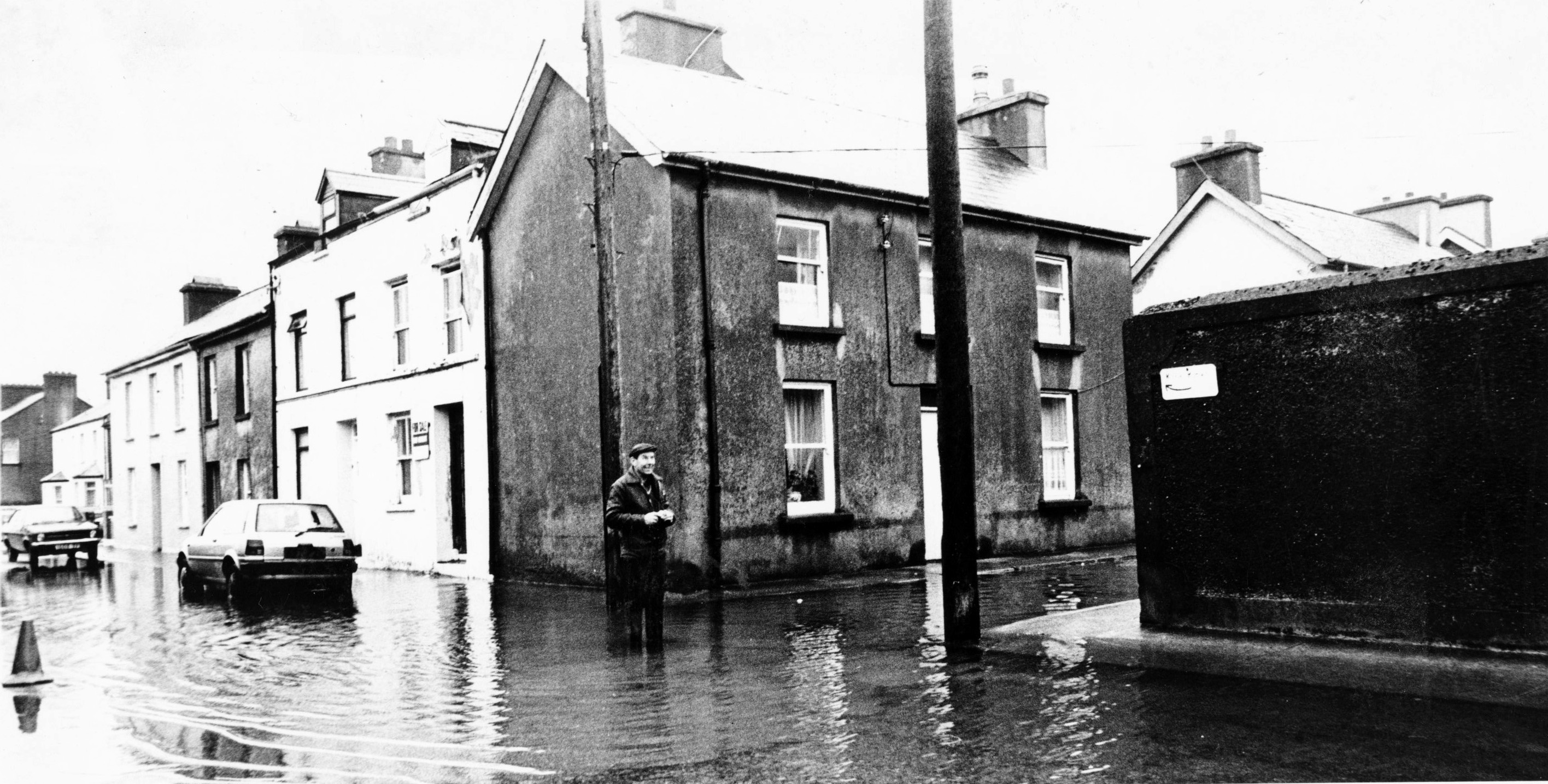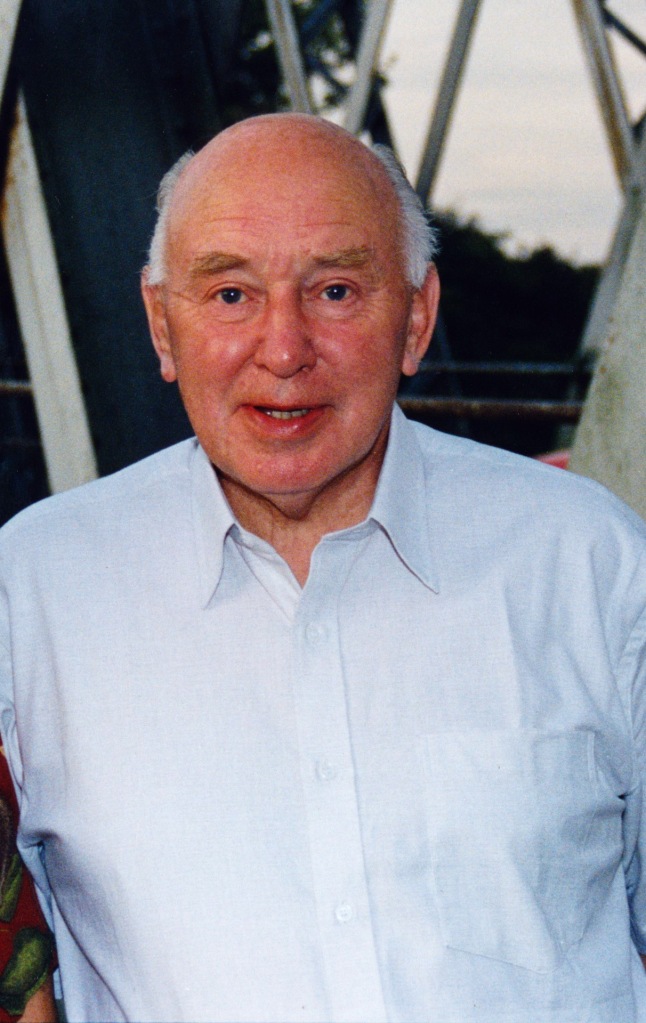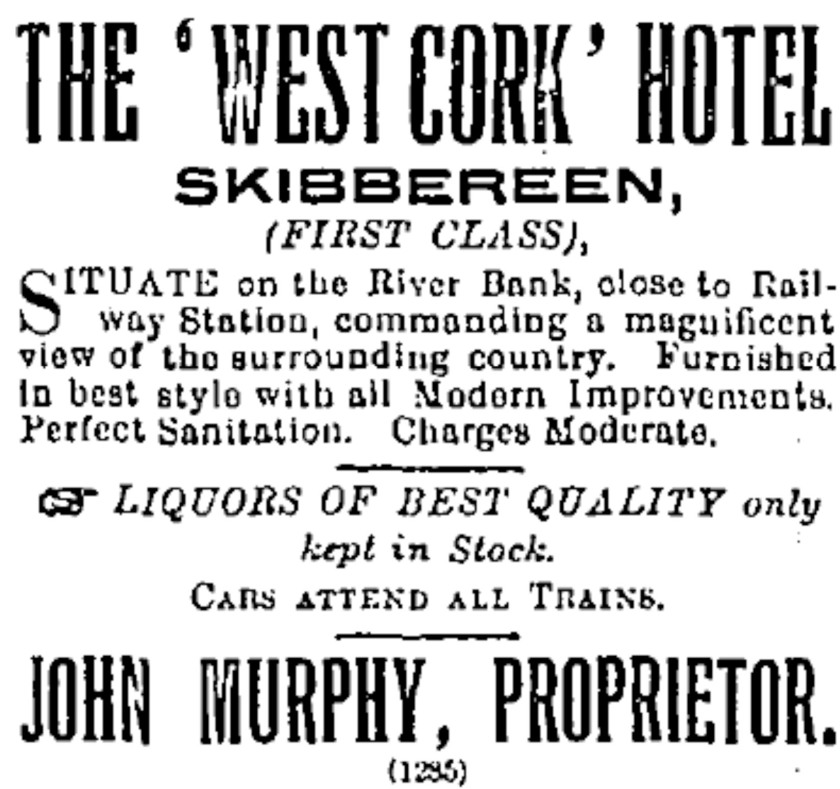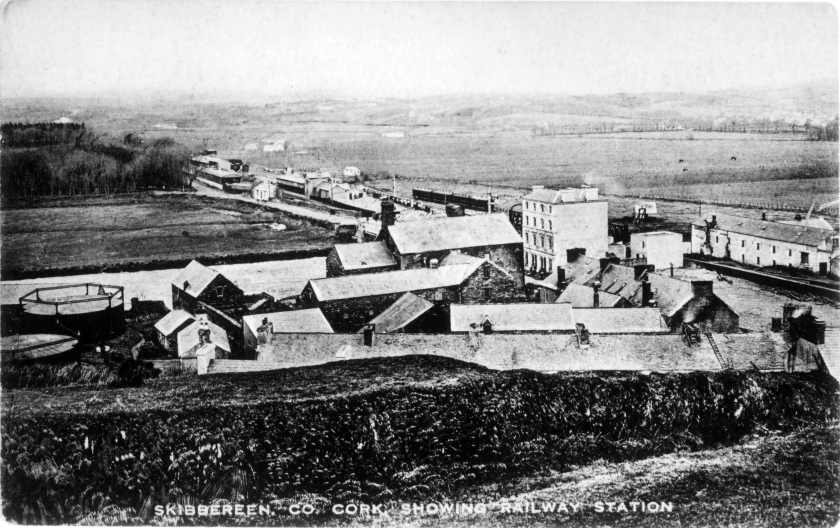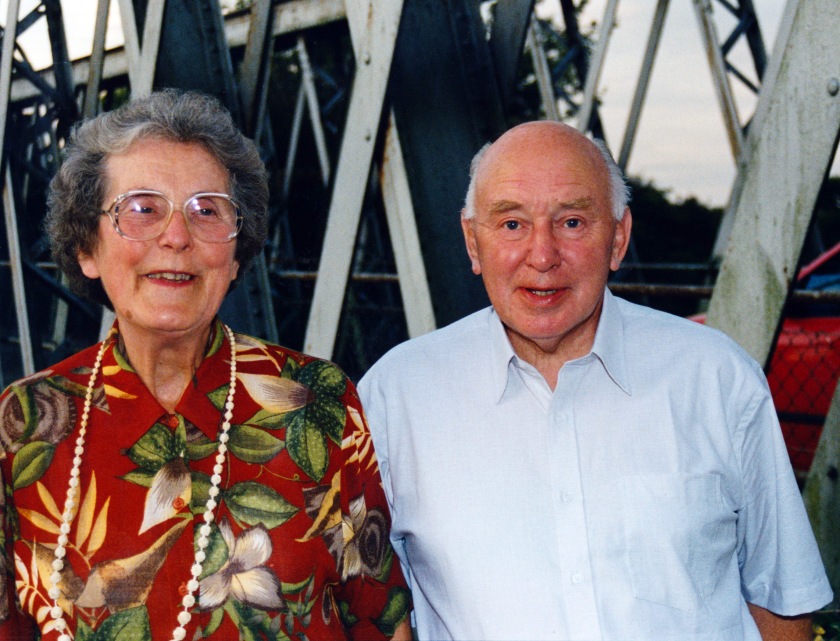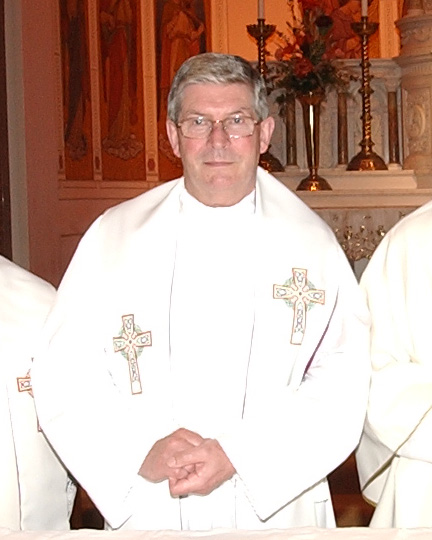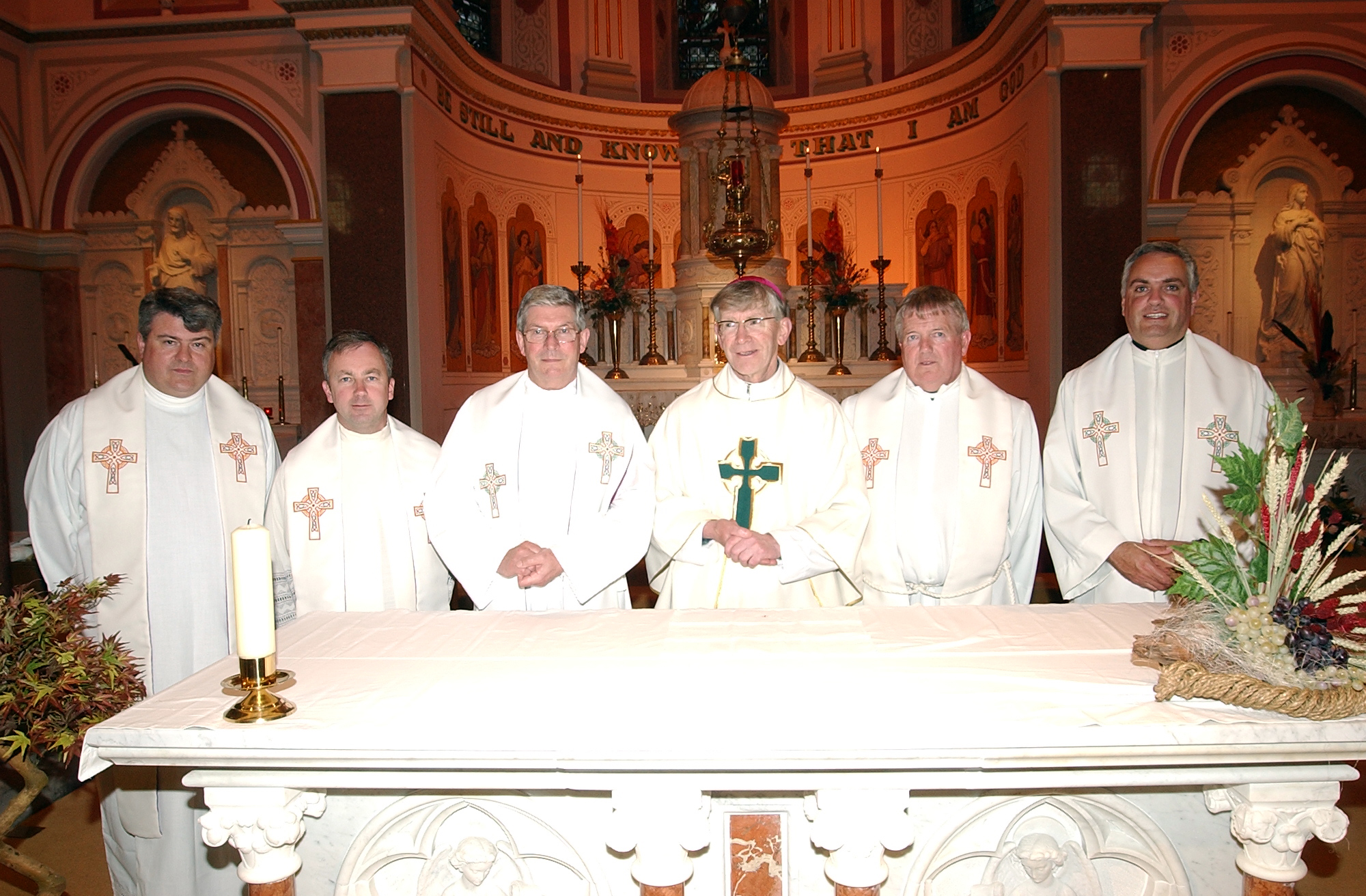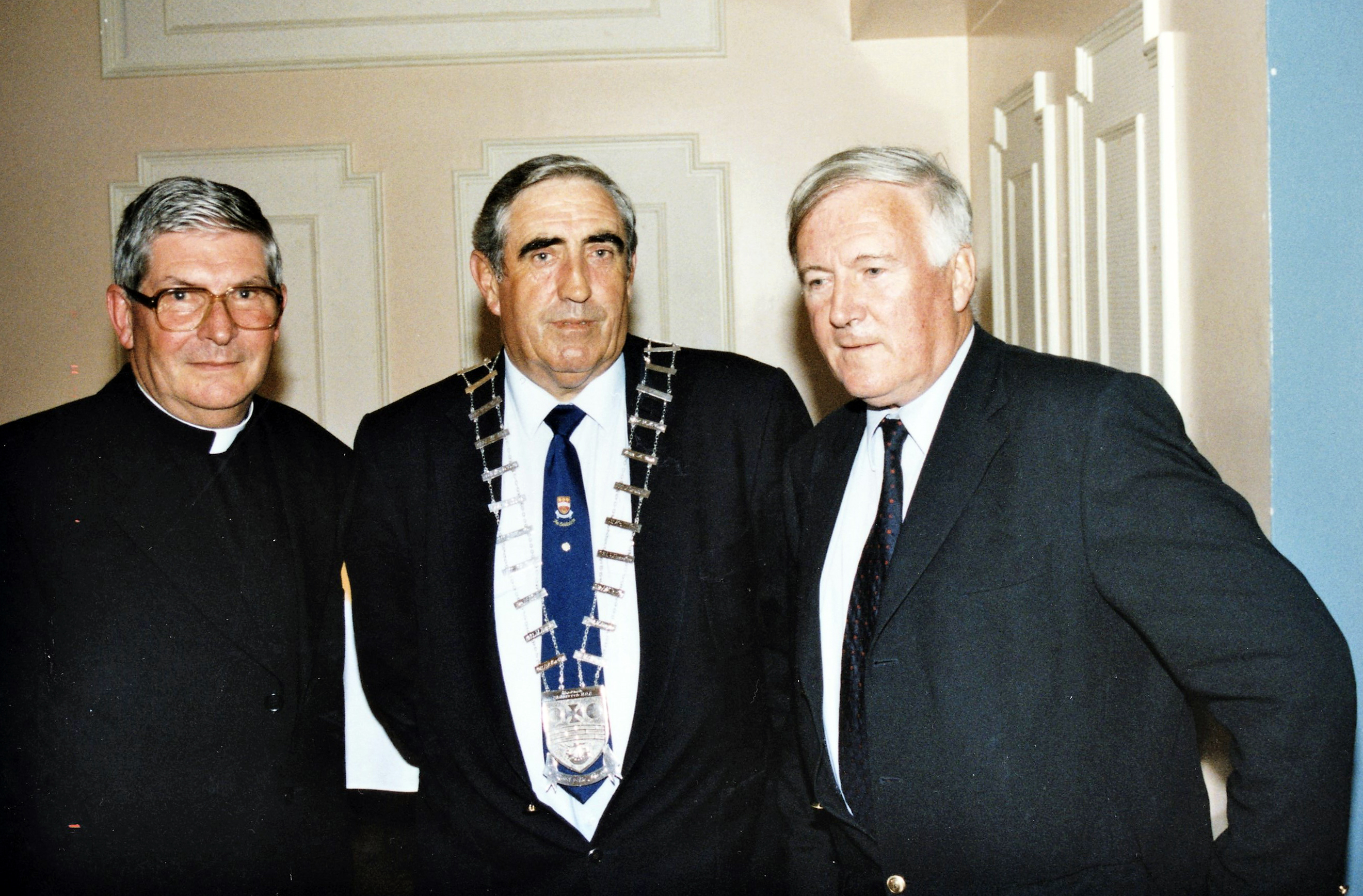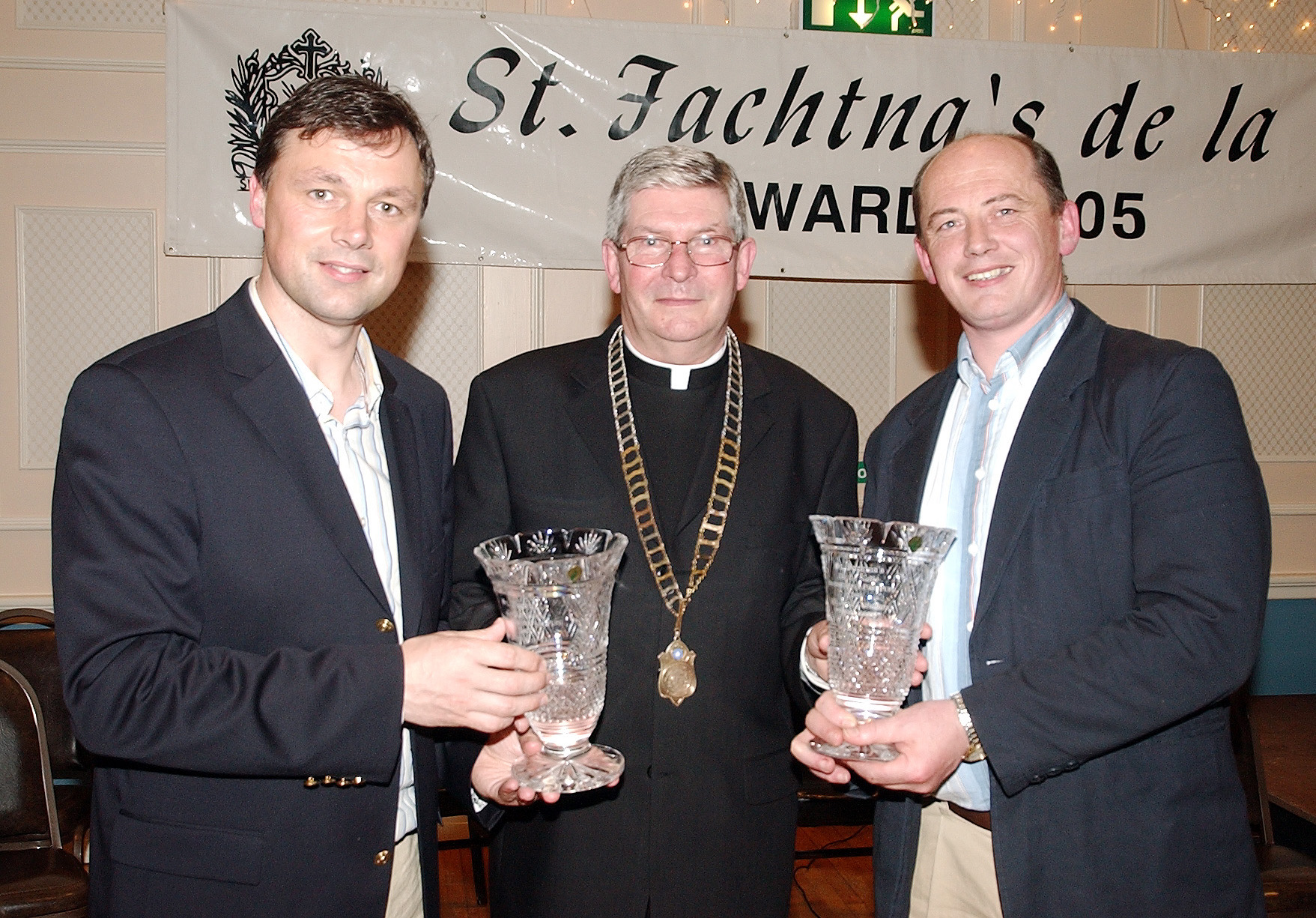For many Skibbereen people, at home or living abroad, thoughts at this time of year will, at some stage, invariably turn to the days of the great pantomimes in the Town Hall. The annual pantomime was such an integral part of the Christmas-New Year period for many years.

Organised by the De La Salle Past Pupils’ Union, the first pantomime in Skibbereen was in 1963. ‘Robinson Crusoe’ started on Sunday night 6 January and ran for eight consecutive nights.
Those extraordinarily ambitions productions played to appreciative audiences for eight or ten consecutive nights, and also included two matinees on Sunday afternoons. Some of those shows had a cast of over one hundred, including men’s and women’s chorus, tiny tots, dancers, as well as the main characters. Scene changes were plentiful, and costumes were often spectacular. As well as being highly entertaining performances, the whole business of staging the annual pantomime was some feat of organisation.
We remember here some of those people who were part of the great pantomime tradition in Skibbereen and who sadly died in 2021.

Nancy Casey died on 12 September 2021. Nancy played the character of Marguerite in ‘Robinson Crusoe’ in the first panto in 1963. She was a noted operatic singer and was well known in musical circles throughout the county, having appeared in several Cork operettas. Nancy’s brother, Liam O’Donovan, tenor of countless performances in Skibbereen, played the lead part opposite her on a number of occasions and their duets would draw favourable comparison with any in musicals or pantomime anywhere. In the 1960s, people travelled from all over the county to see and hear Nancy and Liam perform.

Nancy spent all her working life teaching at St Patrick’s Boys’ NS, Skibbereen, and will be fondly remembered by past pupils. Nancy was also a member of the choir at St Patrick’s Cathedral for many years. Nancy married Fachtna Casey from Rosscarbery in March 1964, and Fachtna too became part of the tradition of pantomime in Skibbereen with some great performances .
Anna McCarthy died on 6 December 2021. Though she didn’t appear on stage, Anna was an integral part of pantomime and indeed of the Cathedral Players and Skibbereen Theatre Society for many years. We remember Anna, with the late Margaret Ryan and others, backstage doing make-up, sorting costumes, and generally keeping a lid on things in often frenetic situations. Anna’s husband Frank was a member of the Past Pupils Union which began the pantomime and as well as taking to the stage on many occasions, he was also secretary of the organisation for a long period.
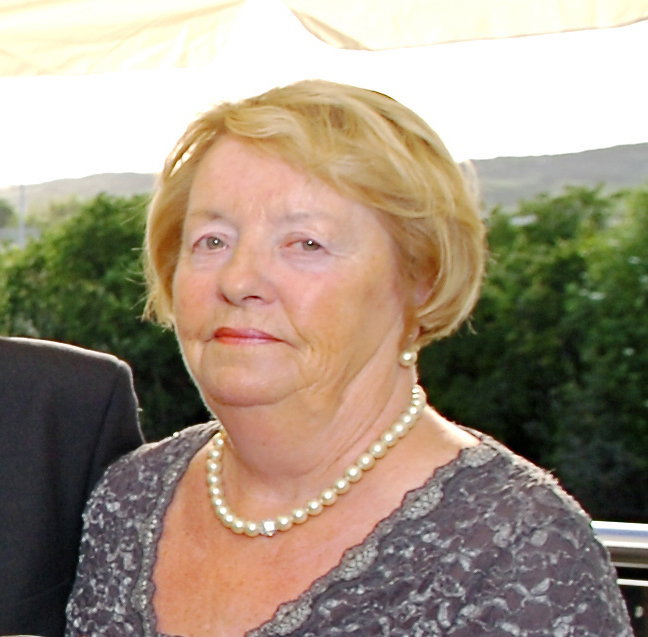
Anna, a native of county Roscommon, served the community of Skibbereen for many years in her capacity as a nurse in the practice of the late Dr Micheal O’Sullivan and later at the Medical Centre in Market Street. Anna was also a great worker in the community and contributed very generously to many organisations, most especially the Skibbereen Geriatric Society.

Margaret O’Neill, originally from Myross and lately of Glandore Road, Leap, died on 24 December 2021. Margaret sang in the chorus on a few occasions in the 1980s and her sparkling personality and fine voice were ideally suited to the lustre of pantomime.
There are others, we are sure, who it would be appropriate to mention, but we remember Nancy, Anna and Margaret in particular with great fondness.
P. O’R.


